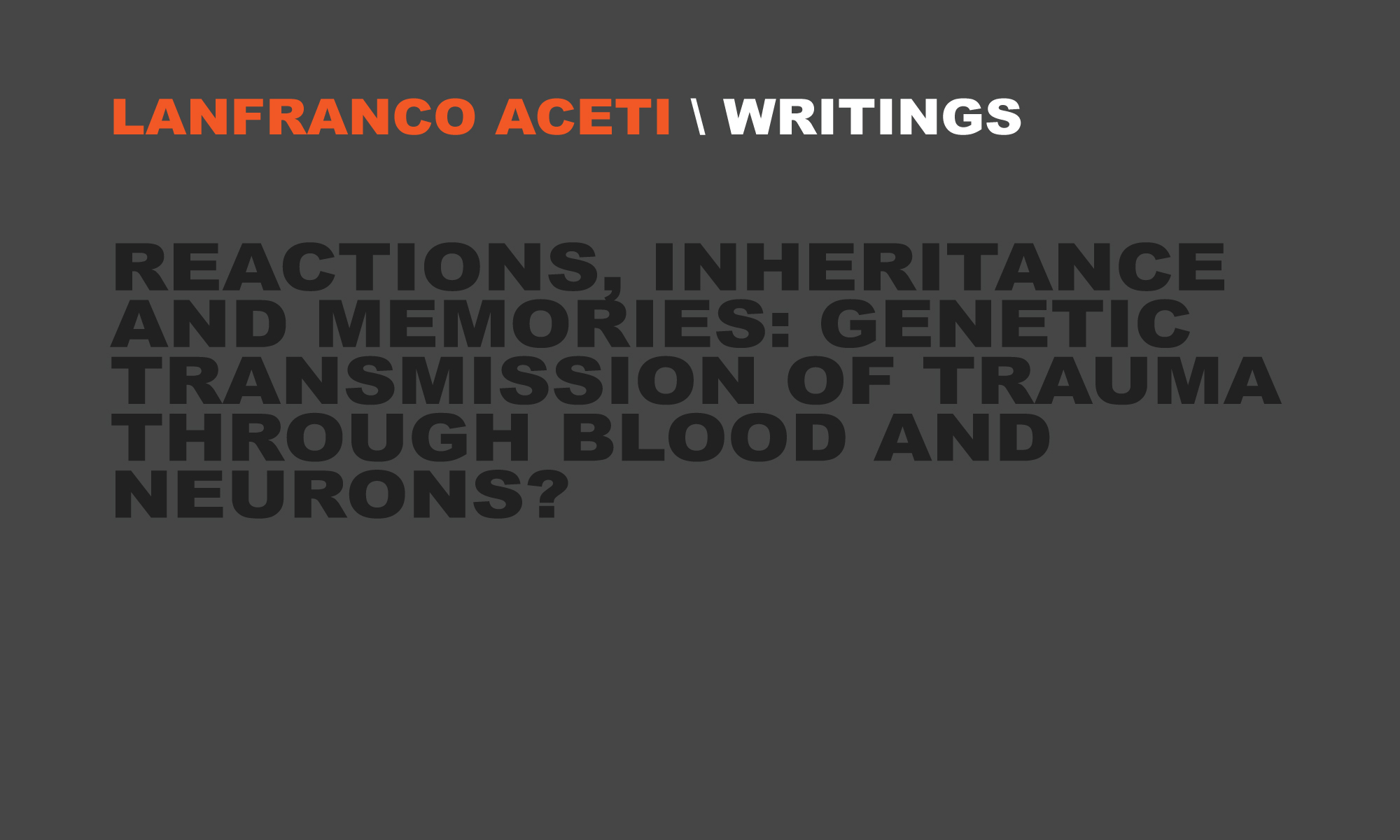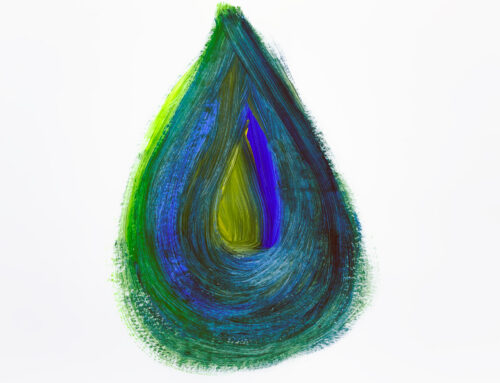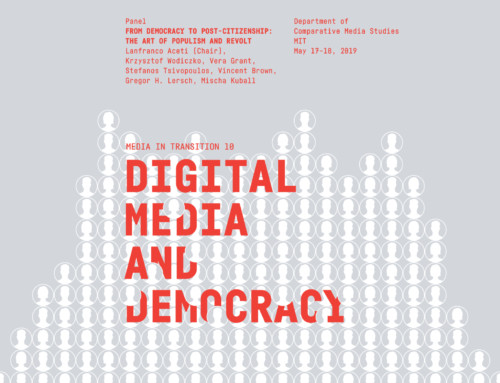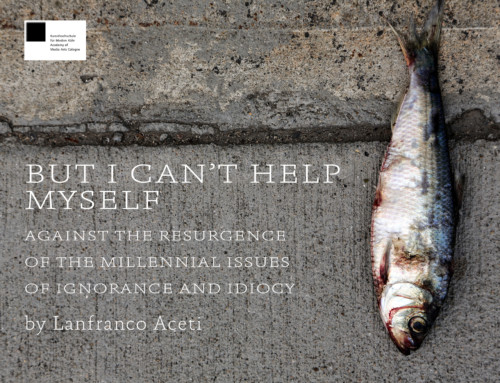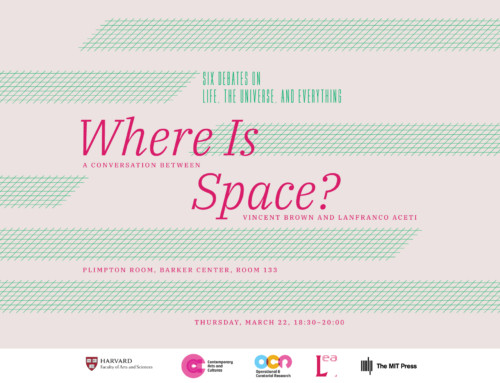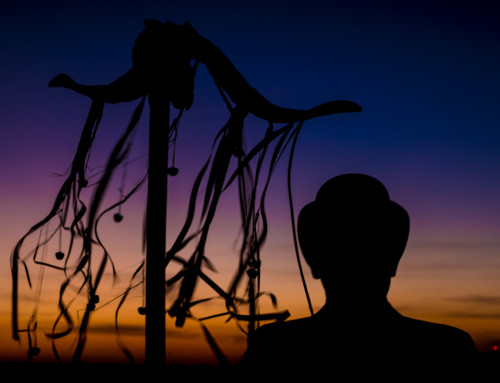This was my keynote at Through the Roadblocks a conference and exhibition organized in Cyprus by NeMe. As part of the show I exhibited a new artwork titled Reactions. Through the Roadblocks was a meta-project within which there were a variety of events and I curated Art, Culture, Memory and Trauma hosted by Prof. Janis Jefferies as part of the Thursday Club at Goldsmiths College in collaboration with Sabanci University, Kasa Gallery and LEA.
The final participation at the conference and exhibition in Cyprus was developed over two semesters and saw the participation of my MA student at Sabanci University, Caglar Cetin, who presented a paper titled Trauma as a Political Tool, Parodic Art as a Response: a Glimpse to Parody within “A Small Picture” in Cyprus and a new artwork produced for this project, A Small Picture. Both well received. (We wish to acknowledge the support for this project of Sabanci University and the Faculty of Arts and Social Sciences.)
Currently I am planning to launch a special call for an edited book and create a research group of likeminded academics, artists and curators who would be interested in developing activities around Art, Culture, Memory and Trauma. I will launch the initial thematic proposal as part of OCR (Operational and Curatorial Research in Contemporary Art, Design, Science and Technology) – the new research center I am developing.
The abstract of the keynote is below, the full article will follow soon.
REACTIONS, INHERITANCE AND MEMORIES: GENETIC TRANSMISSION OF TRAUMA THROUGH BLOOD AND NEURONS?
ABSTRACT
The paper will question if the human body is the physical invisible monument for memorialization, trauma and cultural inheritance. The argument for a biological alteration of the human body due to cultural traumatic experiences and the possible genetic transmission of these experiences through chemical and biological alteration has been part of bio-cultural debates that from the field of zoology and ethology have increasingly moved in to the realm of human biology and cultural studies. F. T. Cloak Jr. in the introduction to the article Is a Cultural Ethology Possible? presents the genetic inheritance of culture as a possibility to be considered “in order to describe and explain human behaviors which are species-specific, panhuman, and presumably genetically controlled.”
If the body is the situ where invisible (or better almost physically invisible) traumatic inheritance and memories are located – the analysis of the body as locus of embodied memorialization and possible genetic transmission creates a new relationship between the individual’s body and the Body politic. It is literally the skin of the individual and not that of the statue that would provide a point of exchange “between the inner self and the outside world.” [2] The traumatized human body would become the ‘invisible monument’ for the memorialization of war, diaspora and other destructive events. It is the human body of the individual subject and object of trauma, and that of its descendants, that through genetic inheritance would become memorials calling “on the spectator to witness the follies and excesses of the state.” [3]
The process of memorialization, and even the diaspora following an event of destruction, could be interpreted no longer simply as a phenomenon of documentation and delocalization but as one of challenge to the Body politic and its endorsed historical interpretations. The art monument of the state is no longer the embodiment of the traumatic event and its memorialization is substituted by the body as the vessel of the invisible monument able to escape in its biology the structures, formulae and conditioning of national identity/conflict.
Art no longer “exists in that space between the memory of the witness and those documentary facts that the historian accepts as ‘objective’” and it no longer has to “seek and explore and make visible that indefinable perfect moment, knowable only from instant to instant, in which a person becomes a witness.” [4] The body, its neurons, its blood, its entire physicality are the constant place of memory: an invisible monument and a living record made of flesh and blood.
KEYWORDS
Invisible monument, Body politic, trauma, memorialization, XXIst century art,
Endnotes
[1] F. T. Cloak, Jr., “Is a Cultural Ethology Possible?,” Human Ecology 3, no. 3 (Jul., 1975): 161.[2] Nicholas Mirzoeff, Bodyscape: Art, Modernity and the Ideal Figure (London: Routledge, 1995), 79.[3] Ibid., 93.[4] Ibid., 198.
